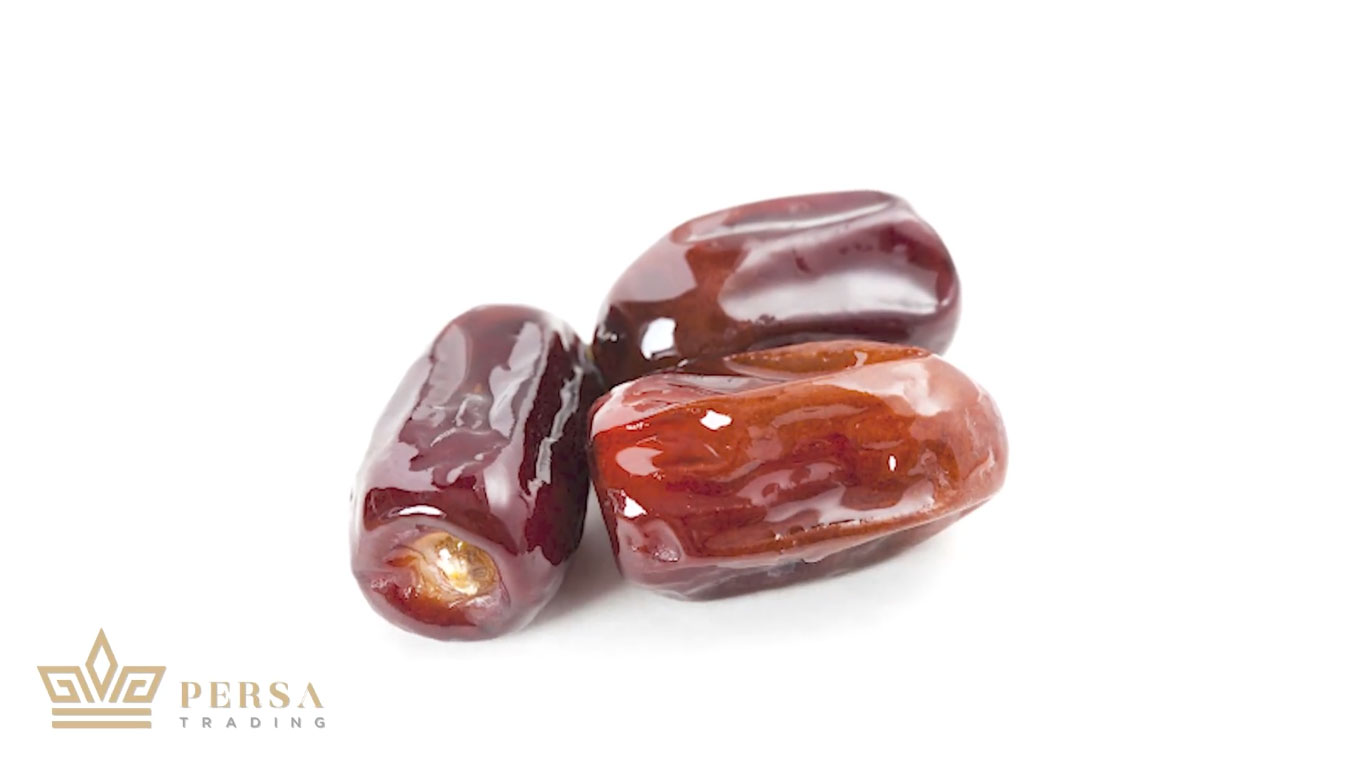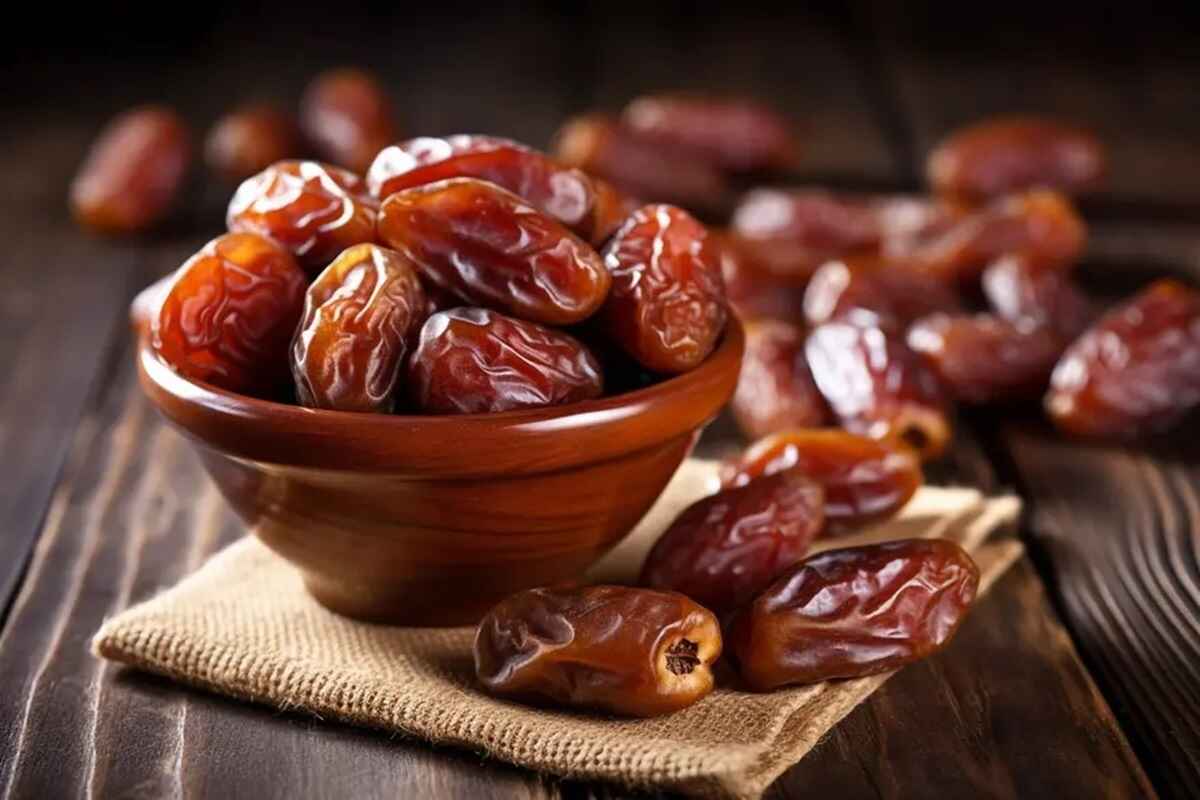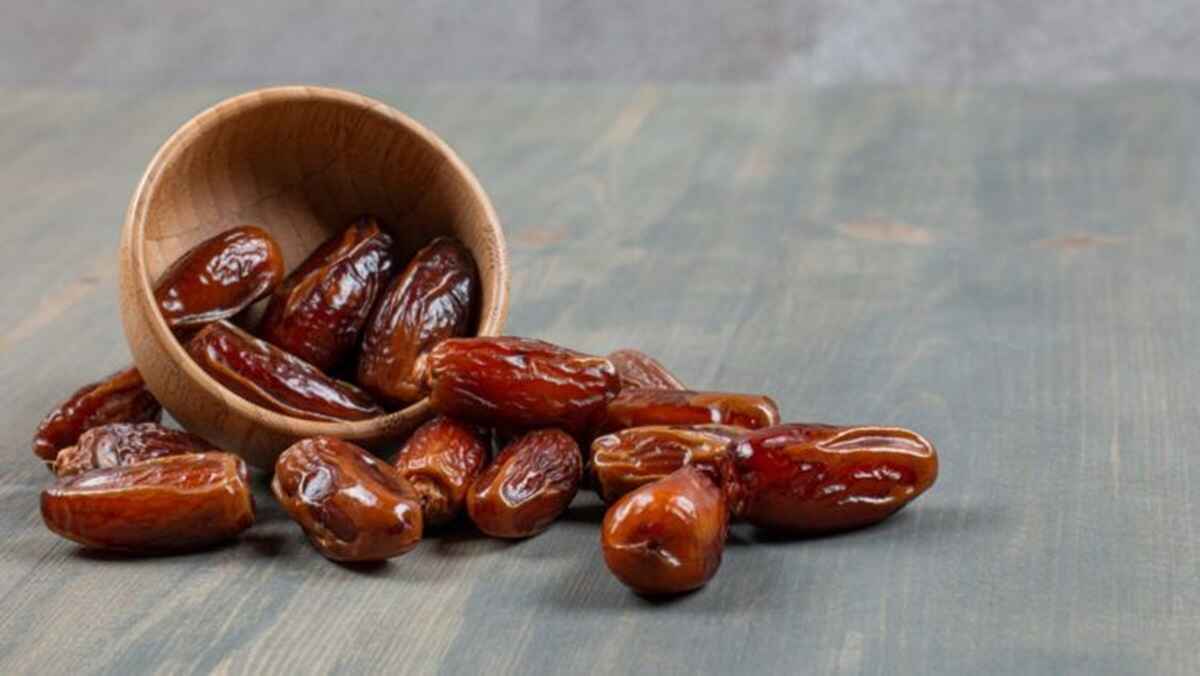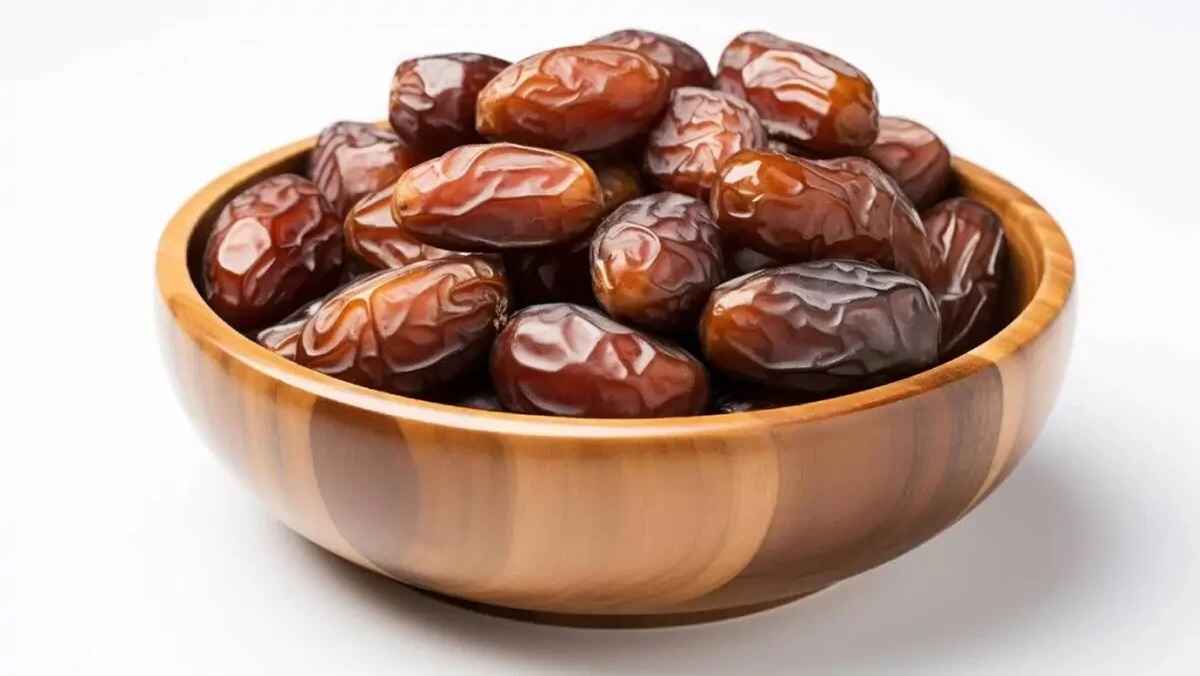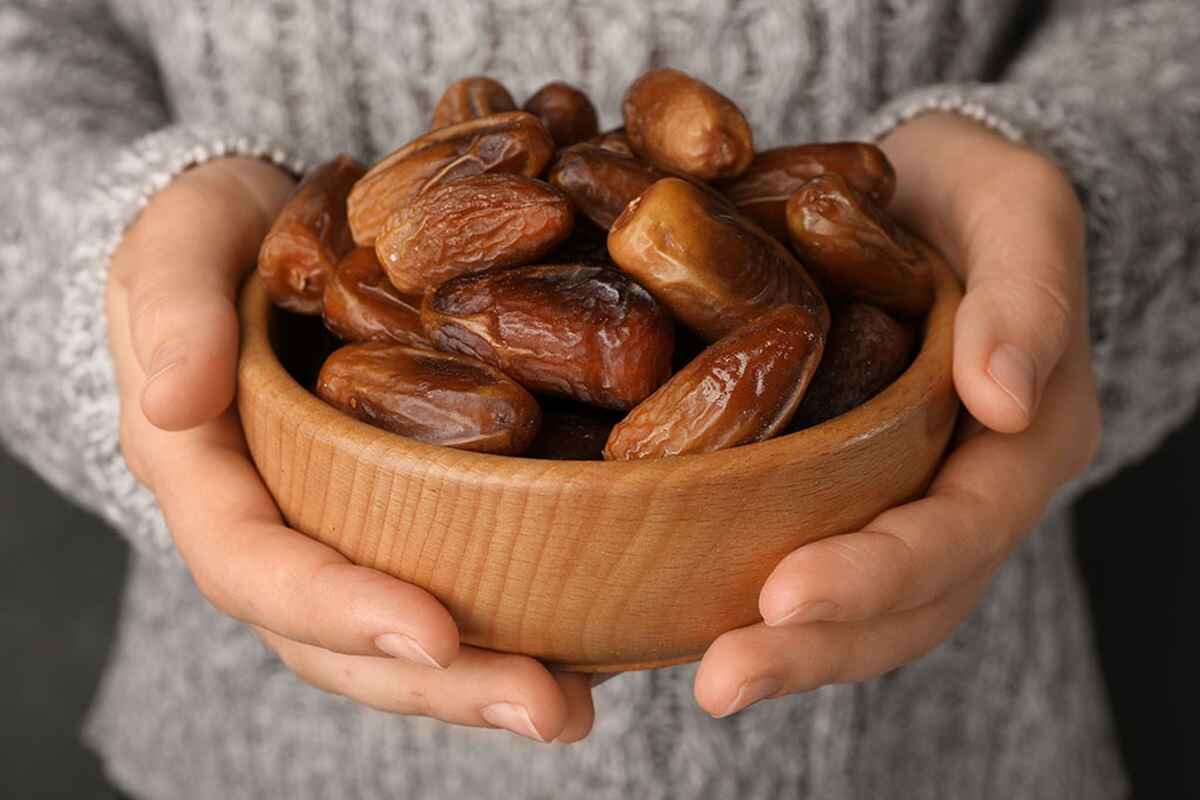Kabkab date is a familiar and well-known names of dates in Iran, which is famous and popular among date consumers. Maybe many of them, and even fans, don’t know its name, but in terms of consumer tastes, Kabkab is one of the best-selling and most widely used dates in southern Iran. This date, which is considered among exportable dates (like Piarom dates, Zahedi dates, Rabbi dates and…), is mostly consumed in all three forms; raw, moist, and ripe. The color of the fruit is yellow in the Kharak stage and light brown or burnt brown in the Rotab stage, and it turns dark brown when fully ripe.
In some regions, Kabkab dates taste bitter in the unripe Kharak state, unlike other dates, but most Kabkab products are delicious in all states. Its oval-shaped fruit weighs about 15 grams, with a semi-dry bright yellow texture, and a thick skin. Kharak ripens in early August, but the harvest of its fully ripe fruit begins in mid-September and continues until mid-October. This date is considered one of the wet cultivars.
Kabkab, where and how?
One of the most important and abundant date varieties of the Khesht and Komarej region in Kazerun and Dashtestan (Vahdatieh, Abpakhsh, and Saadabad cities) is the subject of this article. This variety is also cultivated in large quantities in other date-growing areas such as Khormouj, Behbahan, Kazerun, Qirokarzin, Tabas, Tangestan, and Farashband. Kabkab ranks after the Sta’meran date, the Shahani date, and the Mazafati date in terms of economic importance in Iran.
Growth Process of Kabkab Dates
In April, the flowers are revealed after the tares are split. Palm inoculation takes place at this stage. In July, the second phase takes place, which is called Khelal, a fruit that is not too big and is green in color. At this stage, the weight and volume of the fruit increase and it takes almost the original shape.
In the August stage, the fruit becomes colored and takes on yellow and red colors, and it is called Kharak, which is exceptionally inedible in some kinds. By September, the fruit has reached the established stage of Rotab, it has become soft, sweet, and juicy and is supposed to turn into a mature date in a short time.
Special Features of Kabkab Dates
Kabkab is one of the most special dates, which is recommended for providing energy to the body during the day, for hard physical and intellectual activities, or for athletes. This date is an excellent food for quenching thirst, and this is a unique feature. It is also a great source of iron and minerals useful for the body.
Kabkab is a semi-wet date. Its skin is attached to the date and its seed is much more sticky than other dates. The difference in the texture of Behbahan and Dashtestan Kabkabs has led to the superiority of the Dashestan version because the texture of Dashtestan Kabkabs is more fleshy and it offers larger dates to the market.
Needless to say, almost all the minerals, vitamins, and antioxidants found in other dates are abundantly present in the Kabkab tissue and are responsible for the defense of the fortifications.
Add to these the properties of being a laxative, which can save many from constipation. Interestingly, it is also suitable for diarrhea. Traditional medicine advises consuming Kabkab dates with fenugreek, preferably in an infused form, to eliminate bladder stones.
Nutritional Value
The very high nutritional value of Kabkab dates is clearly evident by examining the ingredients in 30 grams of it: 81 kcal of energy, 22-31 grams of sugar, zero grams of fat, 80 grams of protein, zero grams of trans fatty acids, zero grams of saturated fats. The code of life and health lies in these few simple numbers.
A Product for all Tastes
An interesting feature of Kabkab is the large difference between its phases. This feature can be a strong point because it makes this product fall into a larger circle of consumers’ tastes; For example, those who like sweets can enjoy Kharak Kabkab, and those who like sweetness and moisture can include Rotab Kabkab in their diet.
How to Store Kabkab Dates?
In general, it is recommended to store large quantities of Kabkab dates in cold rooms or warehouses that have an air cooler than -5, because it has a high potential to attract insects, however since Kabkab is in the category of semi-dry dates, it has a long shelf life and does not need to be stored in the refrigerator like fresh dates. If you put Kabkab date in a dry place at room temperature like a cabinet and in a suitable closed container, it will stay fresh for a long time.
This tropical fruit can be harvested raw in early August. Kharak of this date should remain on the palms for another month before it becomes honeyed Rotab. After that, it takes another month for the dates to become moist during the peak of heat or as the southerners say, the “date cooking” season.
